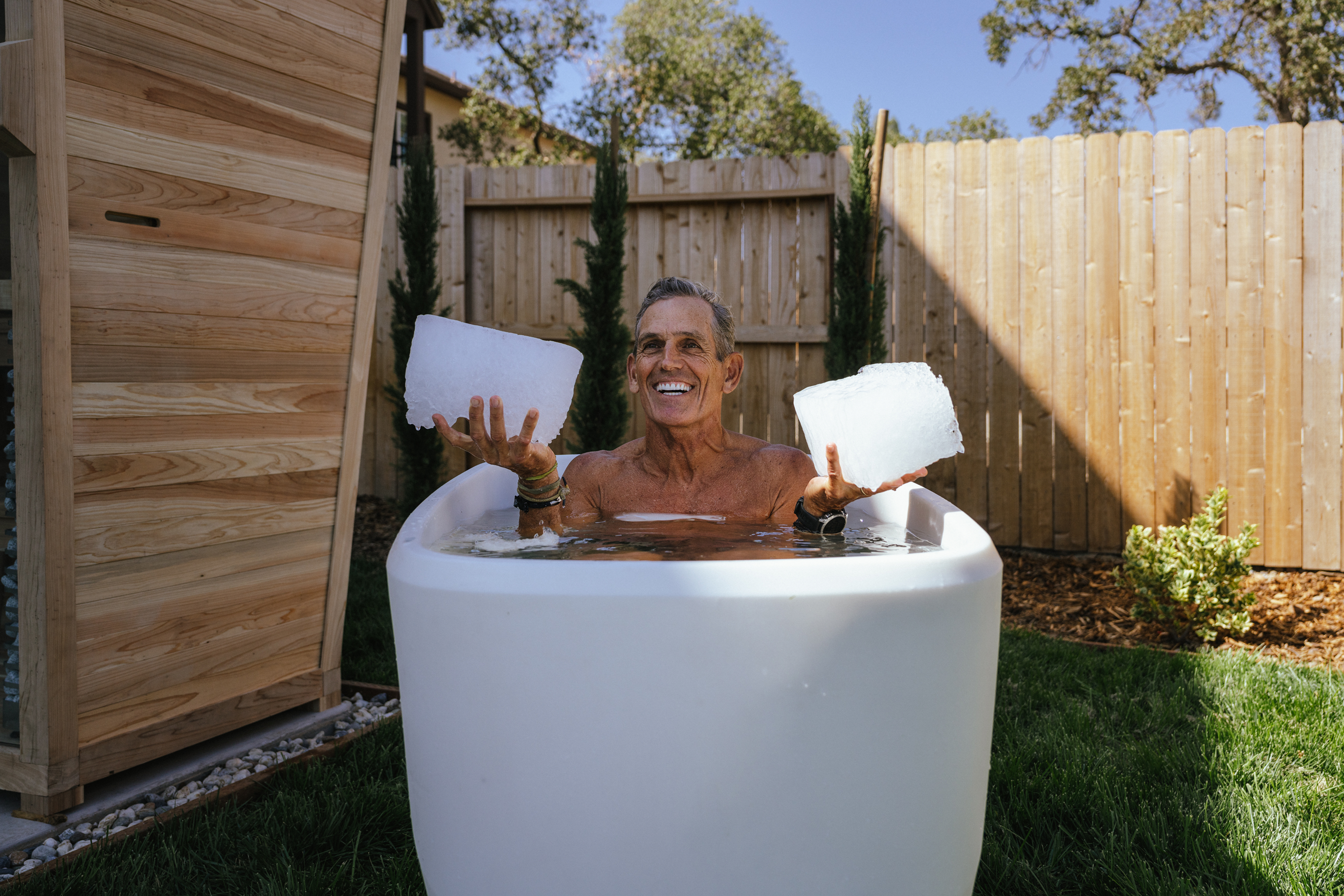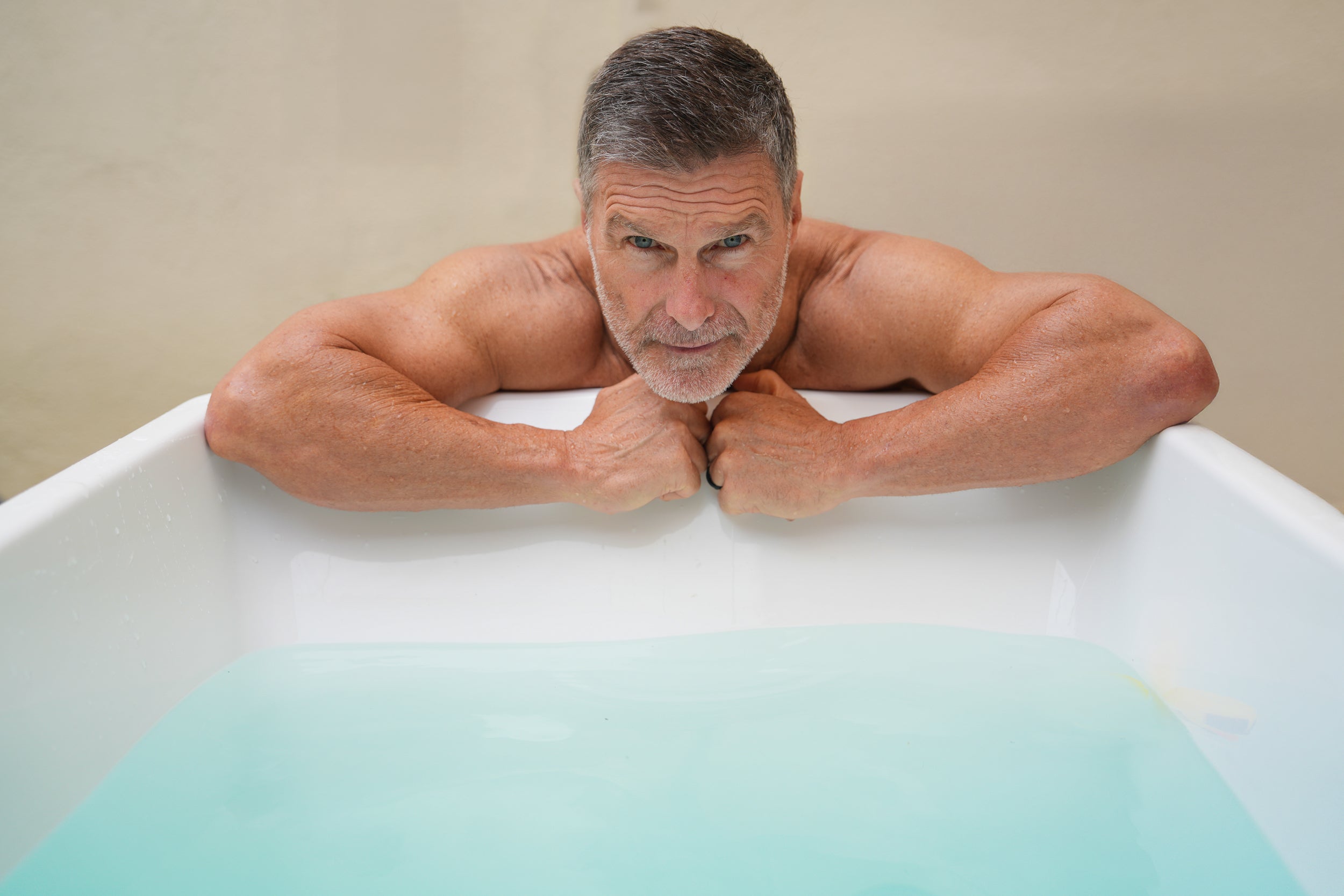
The Testosterone Blueprint: Staying Strong After 40
If you’re a man over 40, you’ve probably noticed that energy, muscle tone, and drive don’t come quite as effortlessly as they used to. That’s not your imagination — testosterone levels naturally decline about 1% per year after age 30.
But here’s the truth most guys don’t hear enough: that decline isn’t destiny. Lifestyle, mindset, and daily habits have a massive impact on how well your body continues to produce and utilize testosterone.
Let’s break down the science-backed strategies that help keep your T levels high — and your vitality higher.
1. Train Like It Matters
When it comes to testosterone, resistance training is king. Heavy compound lifts — think squats, deadlifts, presses, and pull-ups — stimulate a hormonal response that tells your body, “We still need strength — keep producing!”
Aim for:
-
3–5 focused workouts per week
-
Short, intense sessions under 60 minutes
-
Progressive overload (lifting a bit heavier or harder over time)
And remember: more isn’t always better. Overtraining can backfire, raising cortisol and suppressing T.
2. Eat to Build Hormones
Testosterone is literally built from dietary fats and key nutrients. If you’re eating low-fat or chronically dieting, you’re cutting off the raw materials for hormone production.
Focus on:
-
Healthy fats: eggs, olive oil, grass-fed beef, avocados
-
Zinc & magnesium: shellfish, pumpkin seeds, dark chocolate
-
Vitamin D: sunlight or high-quality supplementation
-
Adequate protein for lean muscle support
And keep blood sugar steady — too many refined carbs and spikes in insulin can lower testosterone over time.
3. Sleep Like a King
Your body produces most of its testosterone during deep sleep. In fact, sleeping less than 5 hours a night can drop T levels by 10–15% in a single week.
Tips for better sleep:
-
Keep a consistent bedtime
-
Go screen-free for 30 minutes before bed
-
Keep your room cool and dark
Speaking of cool…
4. Cold Plunging: The Natural Reset
Cold exposure — especially through cold plunging — is one of the simplest ways to support your hormonal and nervous systems simultaneously.
While research is still evolving, cold plunges appear to:
-
Reduce inflammation, which helps optimize testosterone signaling
-
Lower cortisol, a hormone that competes with testosterone
-
Improve circulation and recovery, supporting post-workout adaptation
-
Boost dopamine and mood, which are tightly linked to healthy T levels
Regular plungers also report deeper sleep and faster muscle recovery — two huge wins for testosterone health.
Protocol tip: 2–4 sessions per week, around 2–3 minutes each at 45–55°F, is a great starting point.
5. Manage Stress
Chronic stress raises cortisol, and high cortisol suppresses testosterone production. It’s a biological tug-of-war.
Try building daily habits that calm your system:
-
Breathwork or short meditations
-
Sauna + plunge contrast therapy
-
Walking outside without your phone
-
Regular social connection and laughter
The goal isn’t to eliminate stress — it’s to recover well from it.
6. Reduce Hormone Disruptors
Modern life bombards us with chemicals that mess with hormone balance. Minimize exposure to:
-
Plastics (especially those with BPA or phthalates)
-
Artificial fragrances and colognes
-
Processed foods and seed oils
Go for glass or stainless steel containers, and choose natural personal-care products where possible.
7. Get Tested and Stay Proactive
If you’re doing all the right things but still feel off — low energy, mood changes, muscle loss, or sluggish libido — get your hormones checked.
Ask your doctor for:
-
Total and free testosterone
-
SHBG (sex hormone–binding globulin)
-
Estradiol (E2)
-
LH and FSH (to assess natural production)
You can then explore targeted strategies — from optimizing sleep and nutrients to testosterone replacement therapy (TRT) — under proper supervision.
The Takeaway
Testosterone isn’t just about muscle or libido — it’s about vitality, confidence, and longevity.
By combining:
-
Strength training
-
Smart nutrition
-
Deep, restorative sleep
-
Cold plunging
-
Stress mastery
…you can age with power, clarity, and drive.
The goal isn’t to chase your 25-year-old self — it’s to become the most vital, focused version of your 40-plus self.




